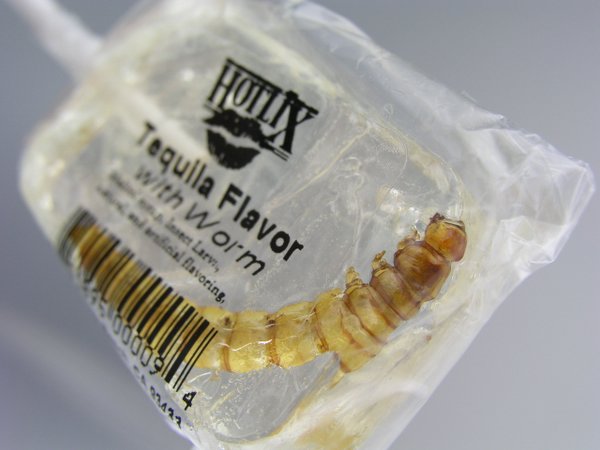The Adirondack
Park is an unquestionably beautiful place. Those who live in the park or visit
it recognize this, but many who have never been to the region also know it. One
of the main reasons why the beauty of the Adirondacks is so widely recognized
is because of the many photographs and other pieces of artwork that have been
crafted with the park as their subject. When reading about Paul Schaefer, our
class learned of how he encouraged his mentees to explore the Adirondacks and
document their travels through photography. He felt that this was the best way
to show those outside of the Adirondacks why they should fight to protect it. It
is hard to know the exact impact photography has had on the protection of the
park, but one thing is certain: the park has been protected with far greater
zeal since significant efforts to photograph it have been undertaken.
One prominent photographer in the
Adirondacks is Carl Heilman II. Heilman is an internationally published
photographer and author, and teaches photography workshops throughout the year
in the Adirondacks. He has been photographing the park since the mid 1970s, and
his work has become quite popular since that time. He describes a “spiritual
connection” that he feels towards the Adirondacks, which is something he tries
to communicate through his photos.
Though Carl Heilman II exhibits great
skill and talent in his photographs, it is not simply his abilities to which
people are attracted. Rather, it is the allure of the Adirondacks that keeps
customers returning. This is something we have talked about extensively in
class, as many artists have flocked to the Adirondacks since its creation. Whatever
they have created, from paintings to photographs, has consistently seemed to
have an audience. I believe that this trend transcends the quality of the art
and reflects the uniqueness and attractiveness of the Adirondacks. Though those
who have had the privilege to visit the Adirondacks know of its beauty, the constant
flow of art that comes from the region has effectively showcased the park to
many people all over the world. Just as Paul Schaefer hoped photographs of the
Adirondacks would encourage many to protect it, I hope the continued creation of
art will do the same. The Adirondacks are vulnerable to threats both from
humans and the natural environment, and I believe that art can be a powerful
tool in encouraging its protection.
Sources
http://www.adirondackermag.com/artist-of-the-month/carl-heilman-ii-5-15/
Schneider, Paul.
The Adirondacks: A History of America’s
First Wilderness. New York: H. Holt,
1997. Print.




.jpg)
